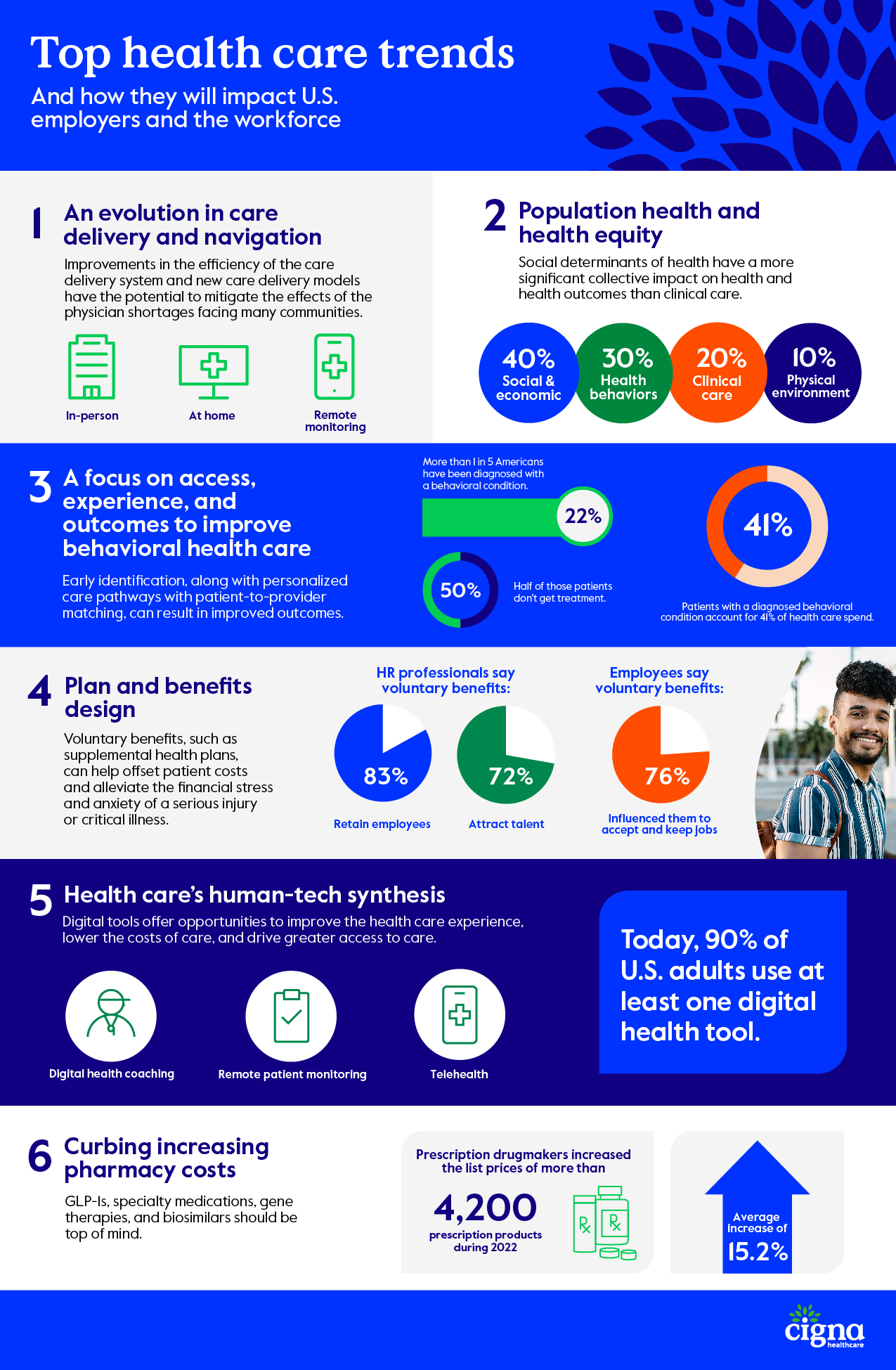The health care outlook for 2024 and beyond has a number of encouraging trends for the employers who provide health insurance to employees and their families.

Click on the image to enlarge
Increasing health care costs, issues accessing and navigating care, and a growing need for convenience are driving people to demand a better experience as they seek care that meets their needs and preferences. At the same time, data and technology are powering a health care transformation with the potential to increase innovation, drive greater access and engagement, improve health outcomes, and reduce costs for the employers who provide health insurance to employees and their families.
With those factors in mind, Cigna Healthcare has published a research paper outlining six top health care trends and how they will impact U.S. employers and their workforces. These trends illustrate the ways employers can play a crucial role in driving progress by investing in innovative approaches, leveraging data and technology, and advocating for change. By embracing these trends, employers can foster a health care system that is more accessible, more efficient, and more equitable.
Read on for a summary of the top health care trends to keep an eye on in 2024.
1. An evolution in health care delivery and navigation
A third of Americans lack a primary care physician, and 80% of physicians say they are overextended. Digital tools, virtual care options, and remote health monitoring technologies allow patients to seek nontraditional care for minor conditions and some chronic and specialty conditions, enabling in-person providers to focus on higher-risk patients and more acute conditions. Another issue is the fragmentation of the health care system, which can make it difficult for patients to navigate. Personalized support can help them find care when they need it, before their health issues escalate into more serious and more costly conditions. Further, value-based care, which comes in many shapes and sizes, holds tremendous potential for improving health while reducing unnecessary costs and advancing a more sustainable health care system.
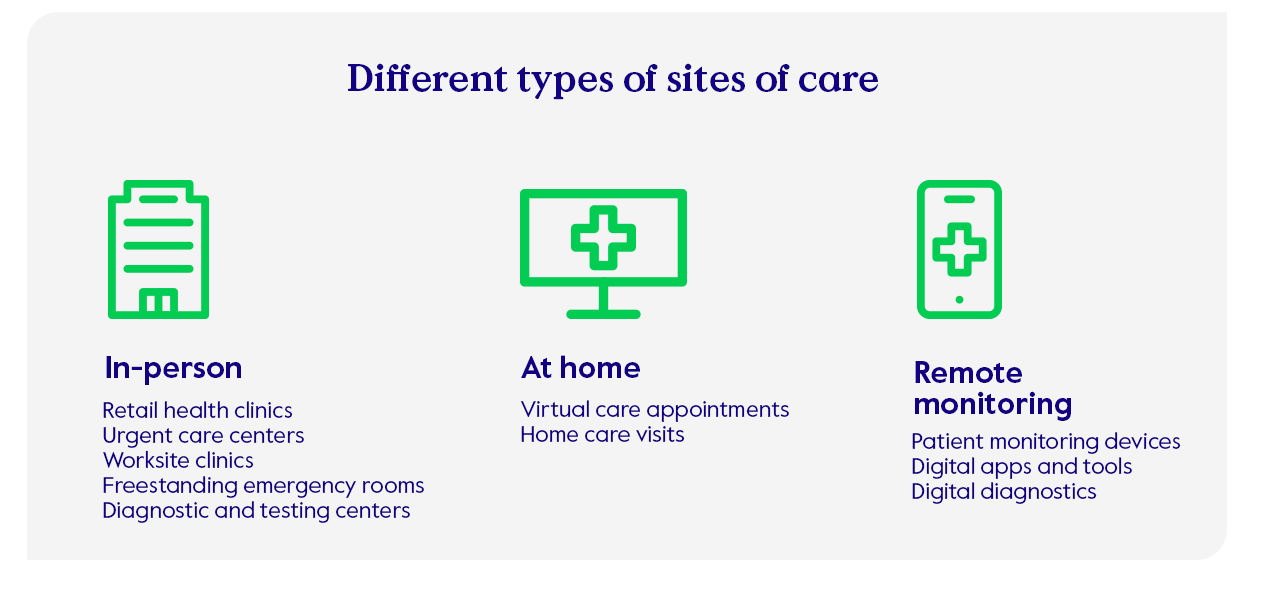
2. Population health and health equity
Understanding social determinants of health (SDOH) is crucial for achieving health equity and ensuring that all employees have the same opportunities to achieve their full health potential, regardless of social, economic, or environmental circumstances. We expect to see a growing effort among employers of all sizes, working with their health insurance and health services partners, to build equitable benefit plans that cater to each unique workforce. By leveraging data insights on employees' daily challenges both in and outside of work, employers can identify SDOH factors affecting their employees and better support their diverse workforce.
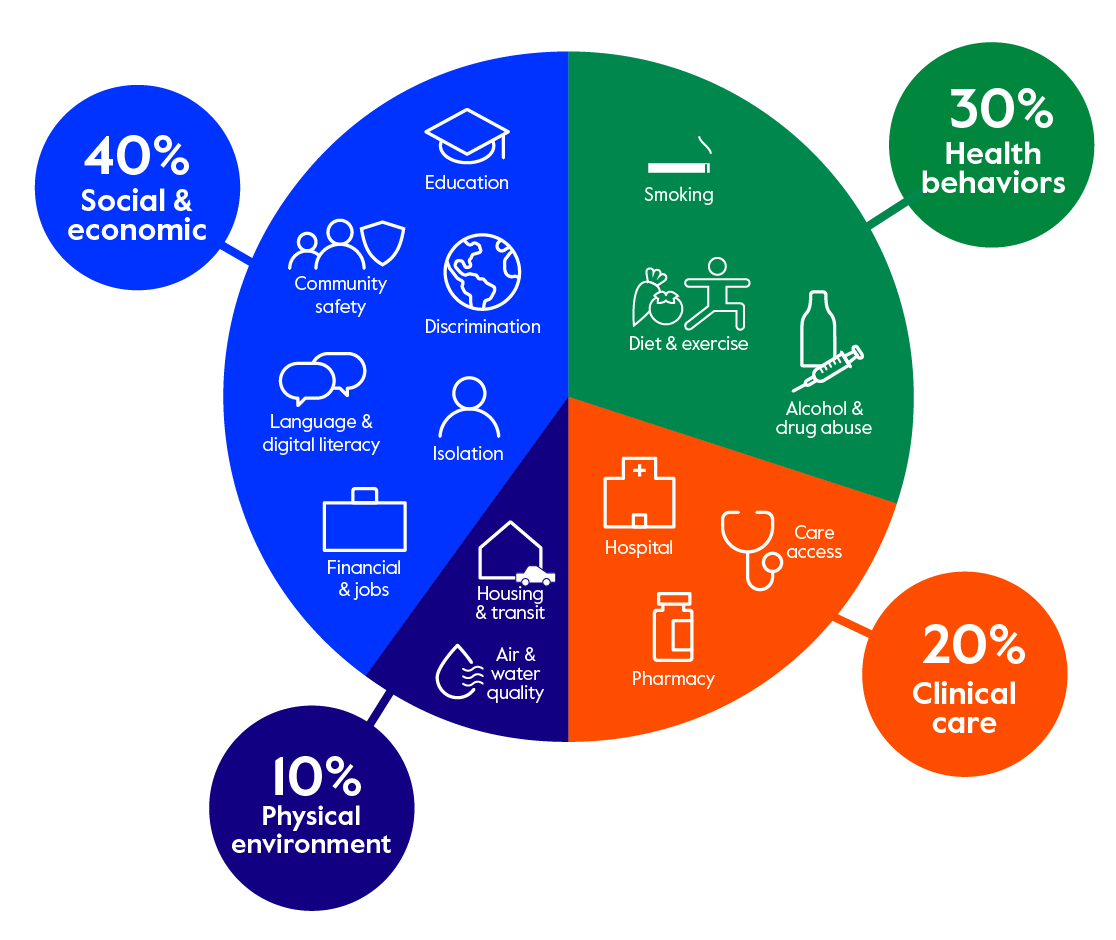
3. A focus on access, experience, and outcomes to improve behavioral health care
Behavioral health continues to be a significant concern, with limited access and awareness keeping many people from receiving the care they need and driving up overall health care costs. About one in five American adults have a diagnosed behavioral health condition, yet they account for a disproportionate 41% of total health care spend, according to research. And, 50% of patients with a diagnosed behavioral health condition don’t get any treatment. This year, we will see growing interest in identifying innovative ways to connect people with behavioral health providers, such as by using data-driven identification models and real-time outreach to proactively identify those in need of support and guide them toward appropriate care.
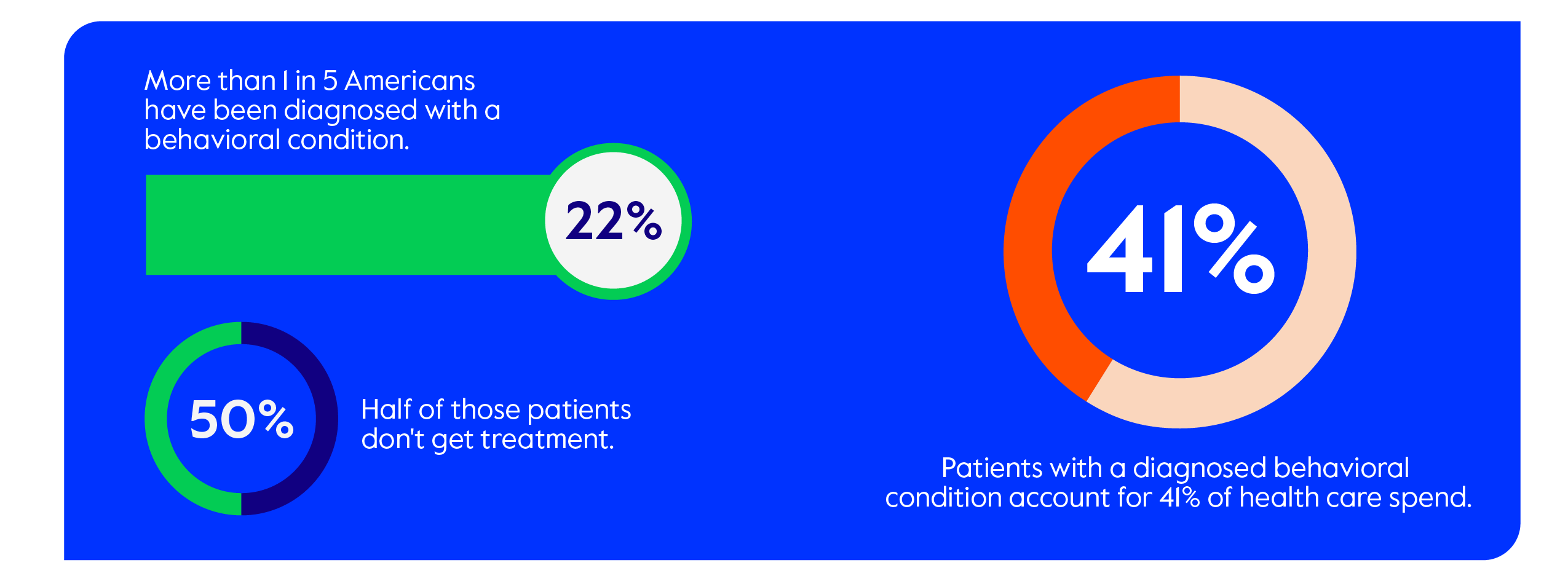
4. Plan and benefits design
Healthy employees equate to a healthy business. And compensation alone doesn't build the kind of engagement and sense of belonging that come from a well-designed benefit and wellness program. That’s why we expect to see increased investment from employers in benefit plan design as a tool in retaining talent. Voluntary benefits, such as supplemental health plans, are an area to watch closely, as they can help offset patient costs and alleviate the financial stress and anxiety of a serious injury or critical illness.
5. Health care's human-tech synthesis
Over the next year, we also expect to see a greater focus on holistic health care, which combines in-person care with digital well-being experiences (such as digital health coaching, remote patient monitoring, and apps that enable healthy habit tracking) to enable personalized experiences that provide real-time insights and greater opportunity to engage people in their own health and well-being. A hybrid approach that blends technology with human-centered support is essential. Employers must invest in tools and services that offer a pathway between health care providers and patients, melding the irreplaceable expertise of doctors with the power of technology.
6. Curbing increasing pharmacy costs
Rising prescription drug prices have become a significant concern for patients and plan sponsors. Pharmacy benefit managers (PBMs) are frequently called to task, but the truth is that drug manufacturers set prices, while PBMs are working to lower net prices for employers and other clients and their members. In 2024, employers and health plans will need to address the complexities of drug pricing while ensuring access to necessary medications. Employers can help lower pharmacy costs by advocating for the approval and adoption of biosimilars (which are clinically equivalent alternatives to expensive biologic medications), optimizing plan design, integrating cost-control tools like site-of-care redirection, and partnering with independent pharmacists.
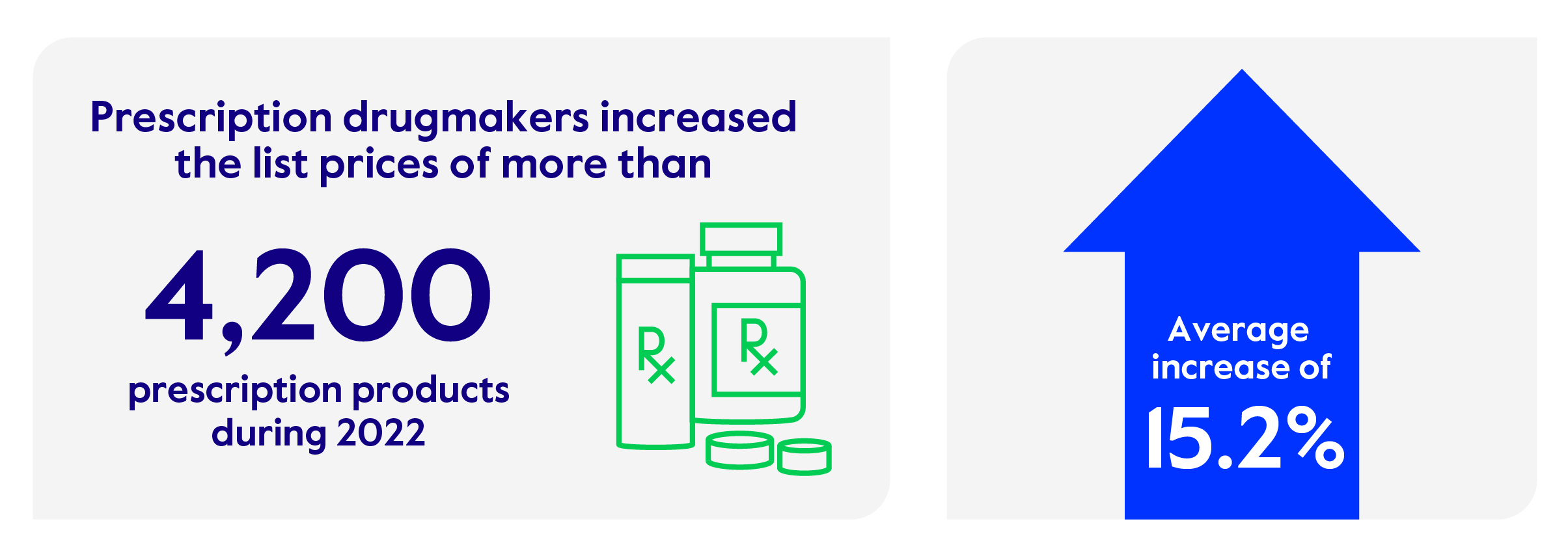

Top health care trends in 2024
The health care outlook for 2024 and beyond has a number of encouraging trends for the employers who provide health insurance to employees and their families.
